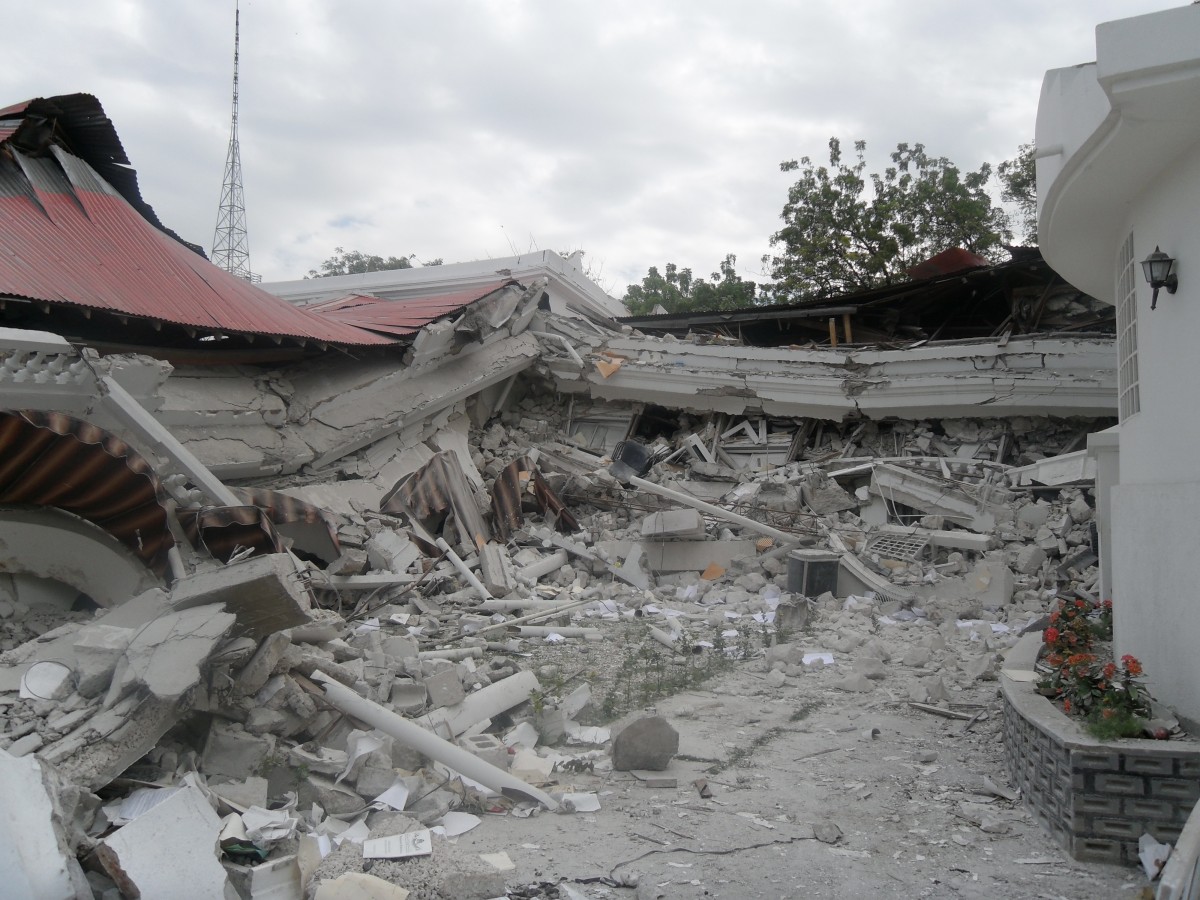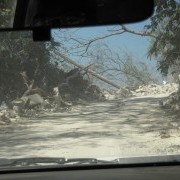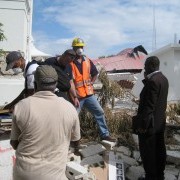A year after the 7.0-magnitude earthquake hit Haiti, researchers from the Georgia Institute of Technology have developed a new  method for safely and inexpensively recycling concrete rubble into strong new construction material.
method for safely and inexpensively recycling concrete rubble into strong new construction material.
Georgia Tech Professors Reginald DesRoches and Kimberly E. Kurtis from the School of Civil and Environmental Engineering (CEE), along with CEE graduate student Joshua J. Gresham, say the new concrete is made from recycled rubble and indigenous raw materials using simple techniques. And it meets or exceeds the minimum strength standards defined by the American Concrete Institute and used in the U.S.
The research team presents their findings in the article “Breaking the reconstruction logjam: Progress through rubble reuse” which appears in this month’s Bulletin of the American Ceramic Society.
Most damaged areas of Haiti are still in ruins a year after the  devastating earthquake. This new method for developing concrete could be a sustainable strategy for managing the estimated 20 million cubic yards of waste that remains, the Georgia Tech research team said.
devastating earthquake. This new method for developing concrete could be a sustainable strategy for managing the estimated 20 million cubic yards of waste that remains, the Georgia Tech research team said.
“The commodious piles of concrete rubble and construction debris form huge impediments to reconstruction and are often contaminated,” said DesRoches, professor of civil and environmental engineering at Georgia Tech. “There are political and economic dilemmas as well, but we have found we can turn one of the dilemmas – the rubble and debris – into a solution via some fairly simple methods of recycling it into new concrete.”
Born in Haiti, DesRoches traveled to Port-au-Prince several times last year to collect samples of typical concrete rubble and available sand types that could be used in concrete preparation. He and his colleagues back at Georgia Tech made concrete samples from the collected materials.
“Based upon these results, we  now believe that Haitian concrete debris, even of inferior quality, can be effectively used as recycled course aggregate in new construction,” said Kurtis, Georgia Tech professor of civil and environmental engineering. “It can work effectively, even if mixed by hand. The key is having a consistent mix of materials that can be easily measured.”
now believe that Haitian concrete debris, even of inferior quality, can be effectively used as recycled course aggregate in new construction,” said Kurtis, Georgia Tech professor of civil and environmental engineering. “It can work effectively, even if mixed by hand. The key is having a consistent mix of materials that can be easily measured.”
DesRoches said recycling the debris eliminates two hurdles to reconstruction – a lack of infrastructure to remove debris and fiscal challenges of importing new building materials.
The Tech research team plans on sharing their research with Haitian government officials and nongovernmental organizations working on reconstruction projects. To view the article, visit http://ceramics.org/publications-and-resources/the-bulletin/.
